I’ve written in the past about Shadow IT. In the IT world, it’s just simply a dirty word. It’s also something I’ve somewhat made a career out of. My first “real job” was at a big company that, like all big companies, had a tough time figuring out how to use the limited time, money, and resources at their disposal. As a result, the guy who hired me, upon finding out I knew technology and I worked well with others, recruited me to come in and actually get technology done for his division. It was a smaller division, and not part of the core group of business units that the company valued. He just simply couldn’t get anything done. As an outsider, I was his advocate. He tasked me with working to get the IT department to do the things he needed and I also found ways to get things done outside of the IT department. I got a lot done, got to know him and the rest of the team, and, as an IT outsider really pissed a few people off. I wasn’t trying to, but it’s tough when you’re an IT insider, with those limitations I mentioned, and seeing someone outside IT getting things done. Even worse that they were fun and sexy projects like sales force automation, mobile apps (yes in the mid-90s), and 3D animations. I can’t blame them for being pissed, but in some ways they actually reached back out to me because they wanted to be part of those fun things.
 This really set the tone of my career. I was recruited at my next company for the same reason. My boss at the new company had worked with me–outside of IT as well–and knew I could work with the IT group in the new company as well as with outside vendors that he needed to help him but couldn’t quite speak the language. Again, I found myself able to innovate alongside the IT department, but not in the IT department. I was able to get the resources out of the IT group that I needed as well as work with vendors, all the while making connections and getting things done. It was fun, sometimes stressful, but productive.
This really set the tone of my career. I was recruited at my next company for the same reason. My boss at the new company had worked with me–outside of IT as well–and knew I could work with the IT group in the new company as well as with outside vendors that he needed to help him but couldn’t quite speak the language. Again, I found myself able to innovate alongside the IT department, but not in the IT department. I was able to get the resources out of the IT group that I needed as well as work with vendors, all the while making connections and getting things done. It was fun, sometimes stressful, but productive.
Again and again, I was rewarded for being an outsider and knowing how to work with people to build bridges while translating business needs into the technology needs to achieve business goals. It became a theme of my career.
Turns out, this experience was great for owning a software development company. In our role as consultants we have to work with folks inside the business who often see us as the enemy. The word “outsourcing” is another dirty label we’re given. We have to work really hard to ensure that IT people at our customers understand that we want to be their partner–not the competition. We’re more than happy to share the credit (or give all of the credit) if need be, when we win. This isn’t an easy or quick process very often but it’s worth it in the end when we can work together to do great things.
As an IT outsider I’ve often been seen as the enemy. Ensuring that people on the other side of the fence know that I want to work with them to win as a team, and not just show them up, has been my secret to building those bridges and innovating in organizations to help businesses take advantage of technology.

